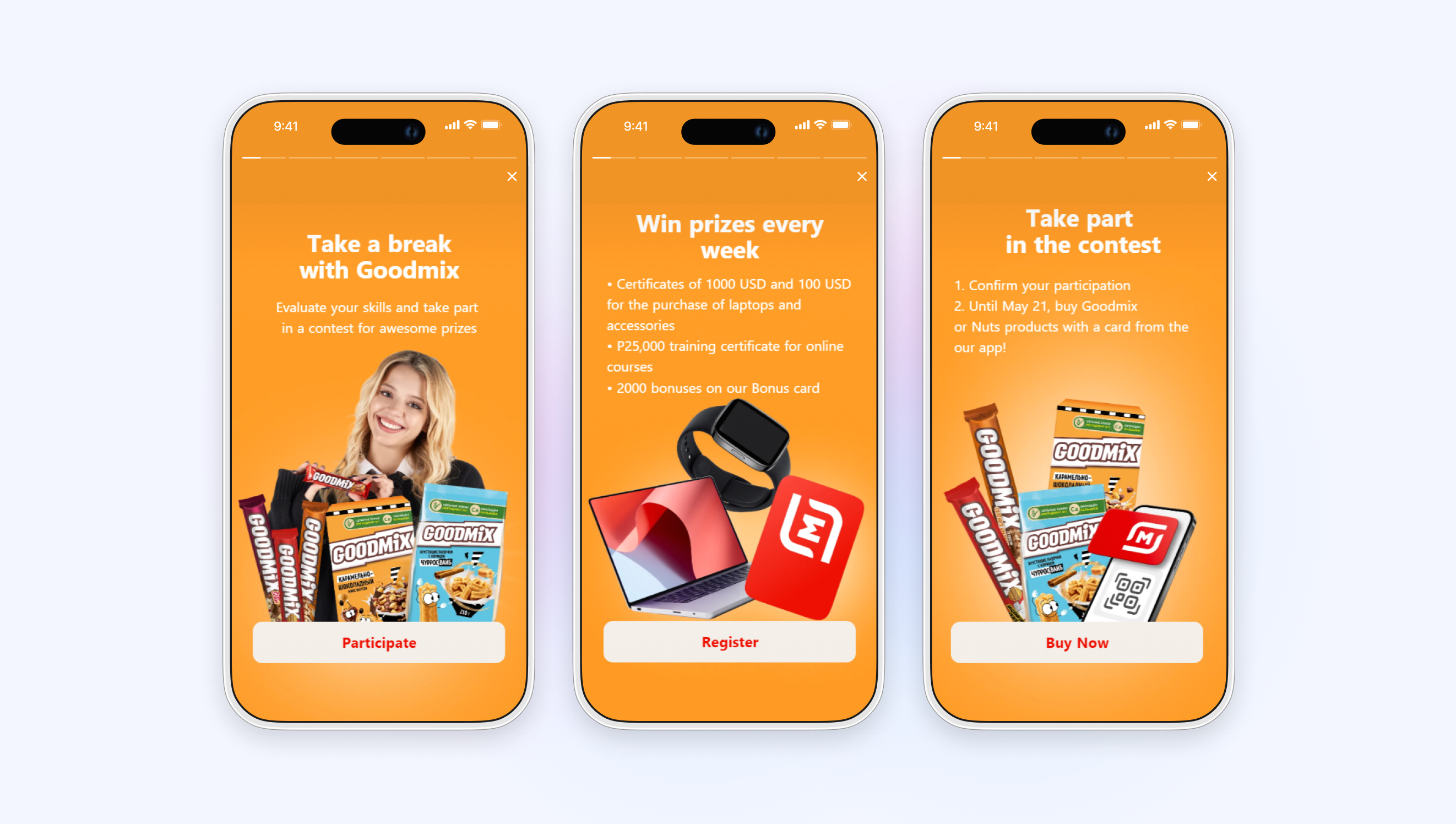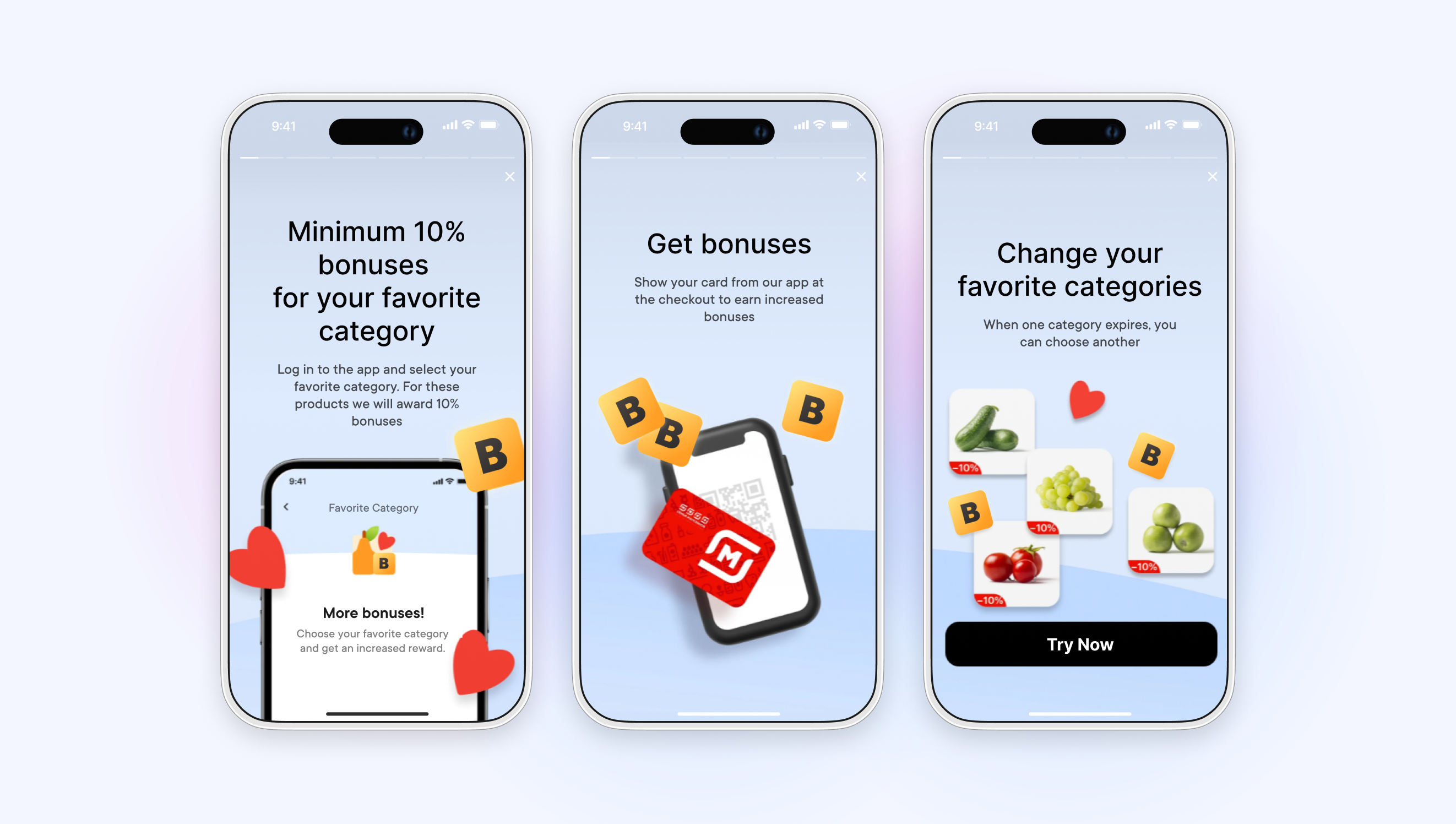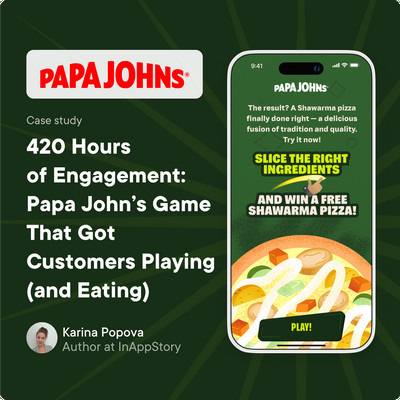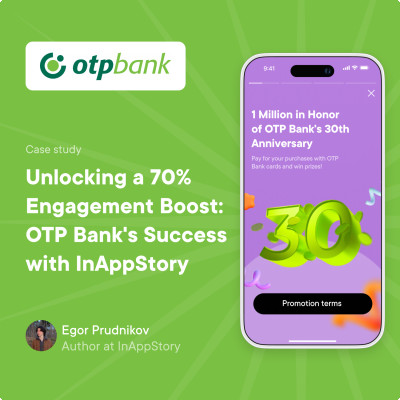InAppStory's client, a leading food retail and grocery chain, operates in a highly competitive market where consumer behavior and spending habits dictate business success. During the Christmas holiday season, this chain experiences a significant surge in consumer spending as individuals and families stock up on groceries for holiday celebrations. However, this client noticed a stark contrast in spending patterns immediately following the New Year. As the festivities wind down, consumers typically reduce their spending, leading to a noticeable decline in grocery sales. This post-holiday slump poses a recurring challenge, affecting not only the client's revenue but also impacting store traffic and overall market dynamics. The need to address this downturn became a critical focus for the client, prompting them to seek innovative solutions to re-engage customers and rejuvenate sales during this challenging period.
The Challenges
Decline in Customer Spending
Each year, as the holiday cheers fade, the client encounters a predictable yet formidable challenge: a stark reduction in consumer spending. This period, often referred to as the "January slump," is characterized by consumers significantly tightening their budgets after the excessive expenditures of the festive season. This sudden contraction in spending leads to a noticeable decrease in sales, posing a major problem for sustaining the business’s revenue stream during the initial months of the new year.
Decrease in Store Traffic
The drop in customer spending is accompanied by a corresponding decline in foot traffic within the stores. After the holidays, customers are less inclined to visit and make purchases, leading to fewer transactions. This decrease in foot traffic is particularly challenging for the client, as it directly impacts the daily operational metrics and long-term customer engagement strategies crucial for a retail business.
Inventory Management Issues
The food retail industry is further complicated by the challenges of managing perishable goods. The need for consistent turnover is critical, as unsold inventory can quickly lead to losses. The post-holiday period exacerbates this issue, with the client facing the dual task of not only attracting customers back to the stores but also efficiently managing inventory levels to minimize waste and financial burden.
Addressing these multifaceted challenges was essential not only for maintaining profitability but also for strengthening the client’s market position in the competitive grocery sector. The need for an innovative and effective solution was clear, prompting the exploration of novel approaches to re-engage customers and stimulate post-holiday sales.
The Solution with InAppStory
To address the post-holiday sales slump and reinvigorate customer interest, the client partnered with InAppStory to implement a creative gamification strategy within their shopping app. This approach centered on engaging customers through an interactive game designed to integrate seamlessly with their shopping experience. The main business goal was to motivate users to make digital orders in food delivery app through distribution of promo codes. For further insights into trends shaping the food industry, explore our Food Tech Industry Insights Report.
Introduction of Gamification

The core of the solution was the development of a simple, yet engaging game within the client's app. The game was designed to be intuitive and easy to play, encouraging widespread participation among users. It's a traditional and popular jumping-type gameplay. Players were tasked with guiding a character through a virtual environment to collect snowflakes, each round offering the potential for rewards.
Distribution of Promo Codes

As users gathered snowflakes, they participated in a truly win-win situation. Each snowflake collected brought them closer to earning valuable promo codes, which could be redeemed for enticing discounts on a wide range of products. These codes included attractive offers on the client's own merchandise as well as exclusive promotions from partner brands. This ingenious mechanic not only incentivized players to continue their engaging gameplay but also encouraged them to make purchases, leading to a remarkable increase in both user retention and sales frequency.
Enhancing Customer Engagement

The game was strategically released during the post-New Year slump, providing a fun and appealing reason for customers to revisit the app. The added element of gamification transformed routine shopping into an exciting and rewarding experience, significantly boosting user engagement. By turning the act of shopping into a game, the client was able to attract customers back to the store, thereby addressing the critical issue of reduced foot traffic and interaction.
This innovative approach effectively leveraged the principles of gamification to address the client's specific challenges, creating a dynamic marketing tool that increased sales and customer engagement during a traditionally slow sales period.
Conclusion

The implementation of the gamification strategy by InAppStory was a resounding success. Over 400,000 unique users played the game, with the number of gaming sessions exceeding 2.5 million times, and 1 million promo codes were distributed. This information could be presented as an infographic with three metrics in addition to the text. Plus, this could make a great headline: "How we created a game for food retail that was played over 2.5 million times during the slow post-holiday season.




